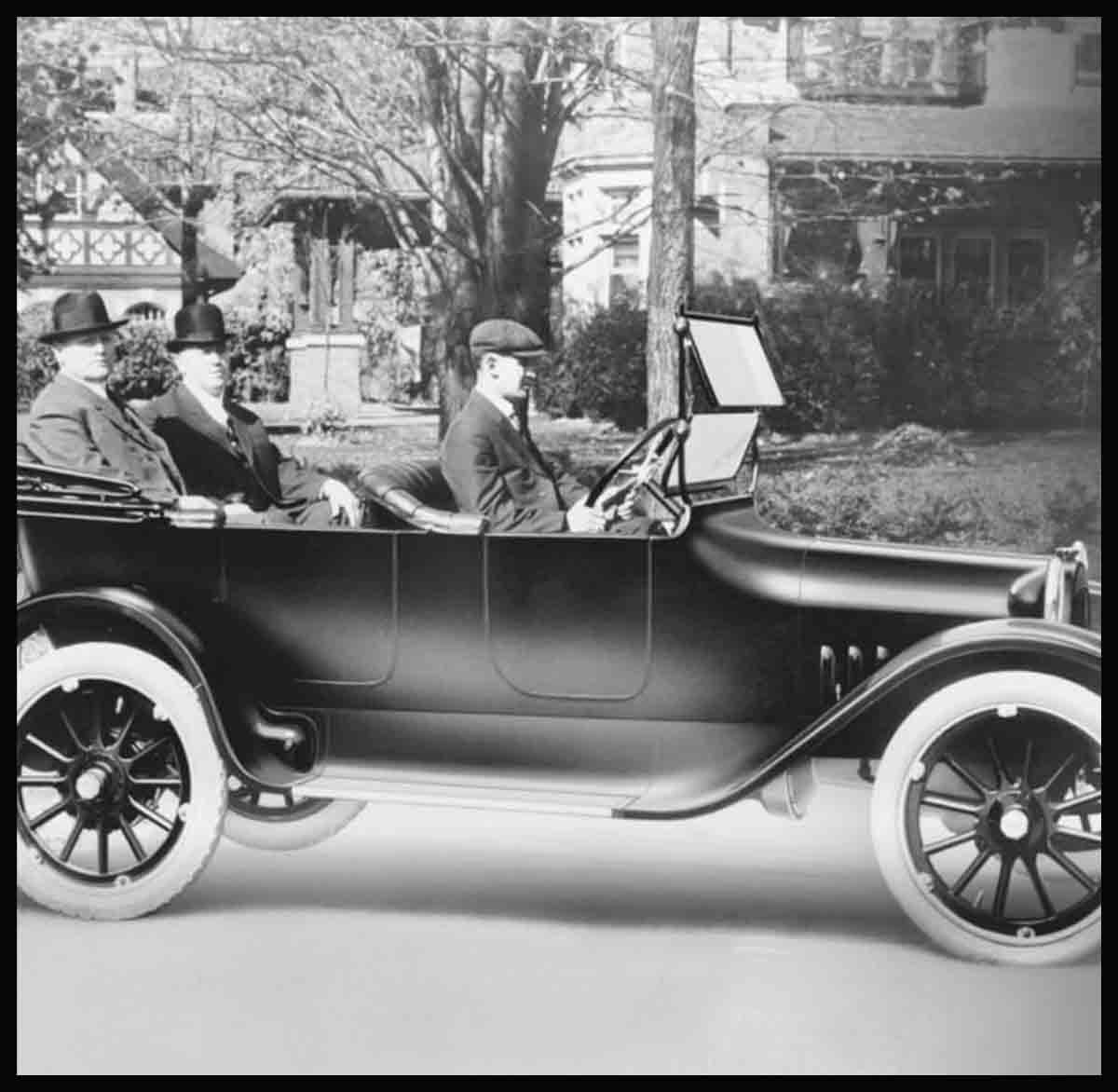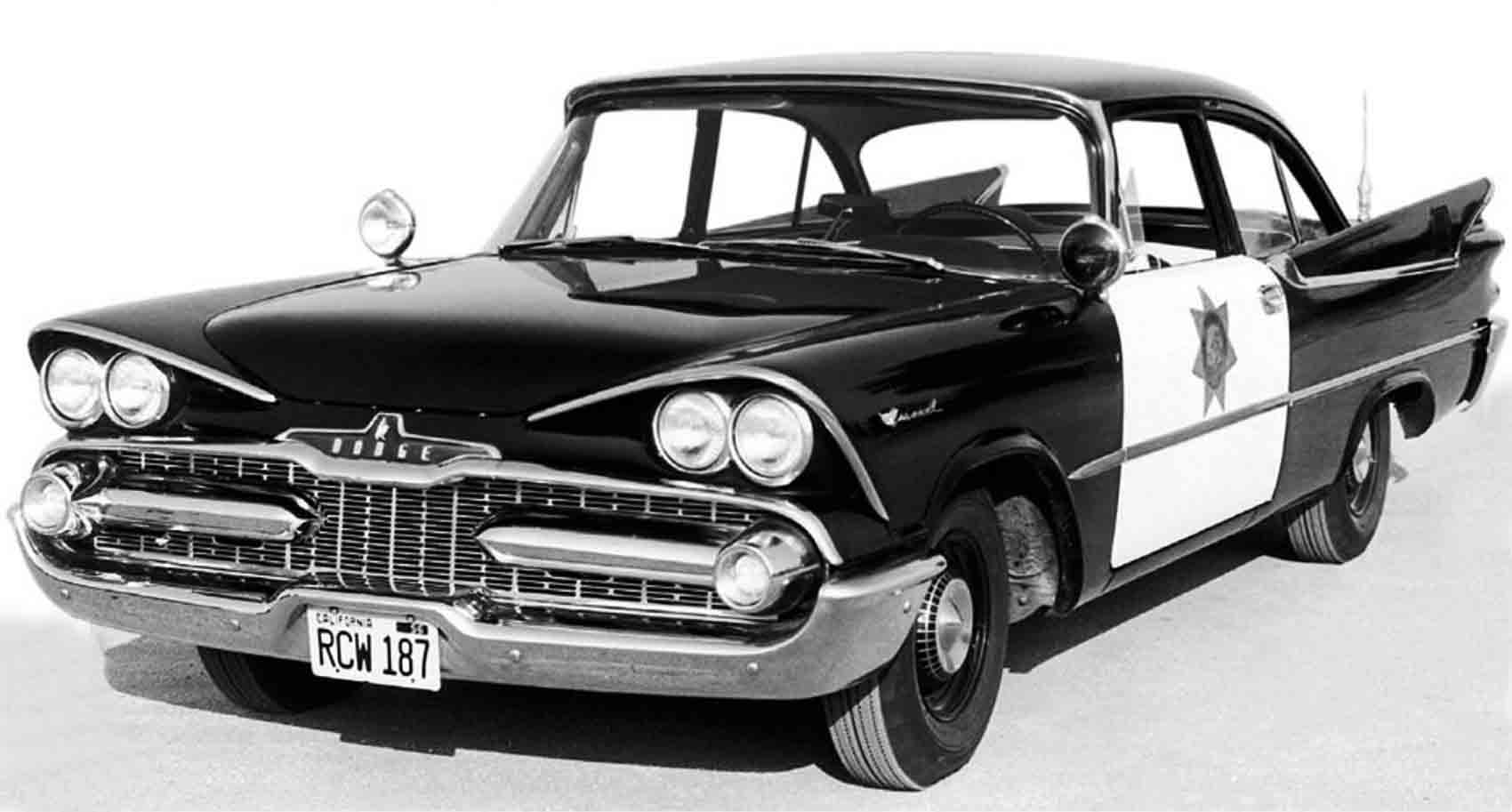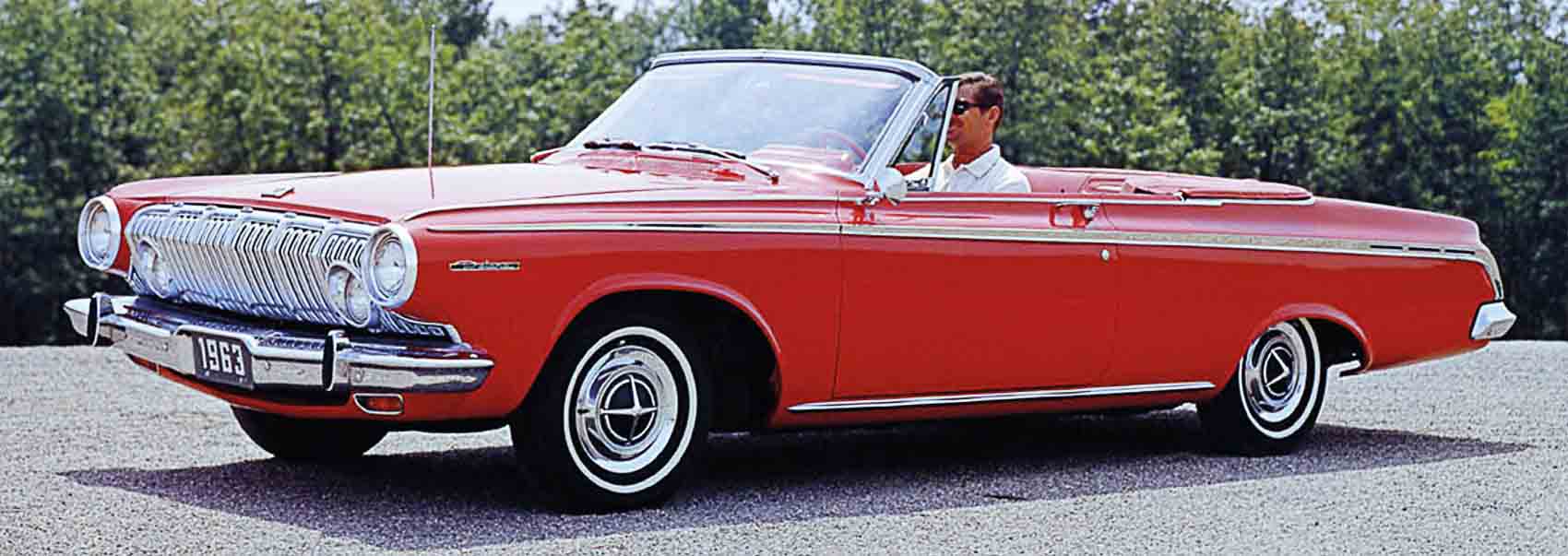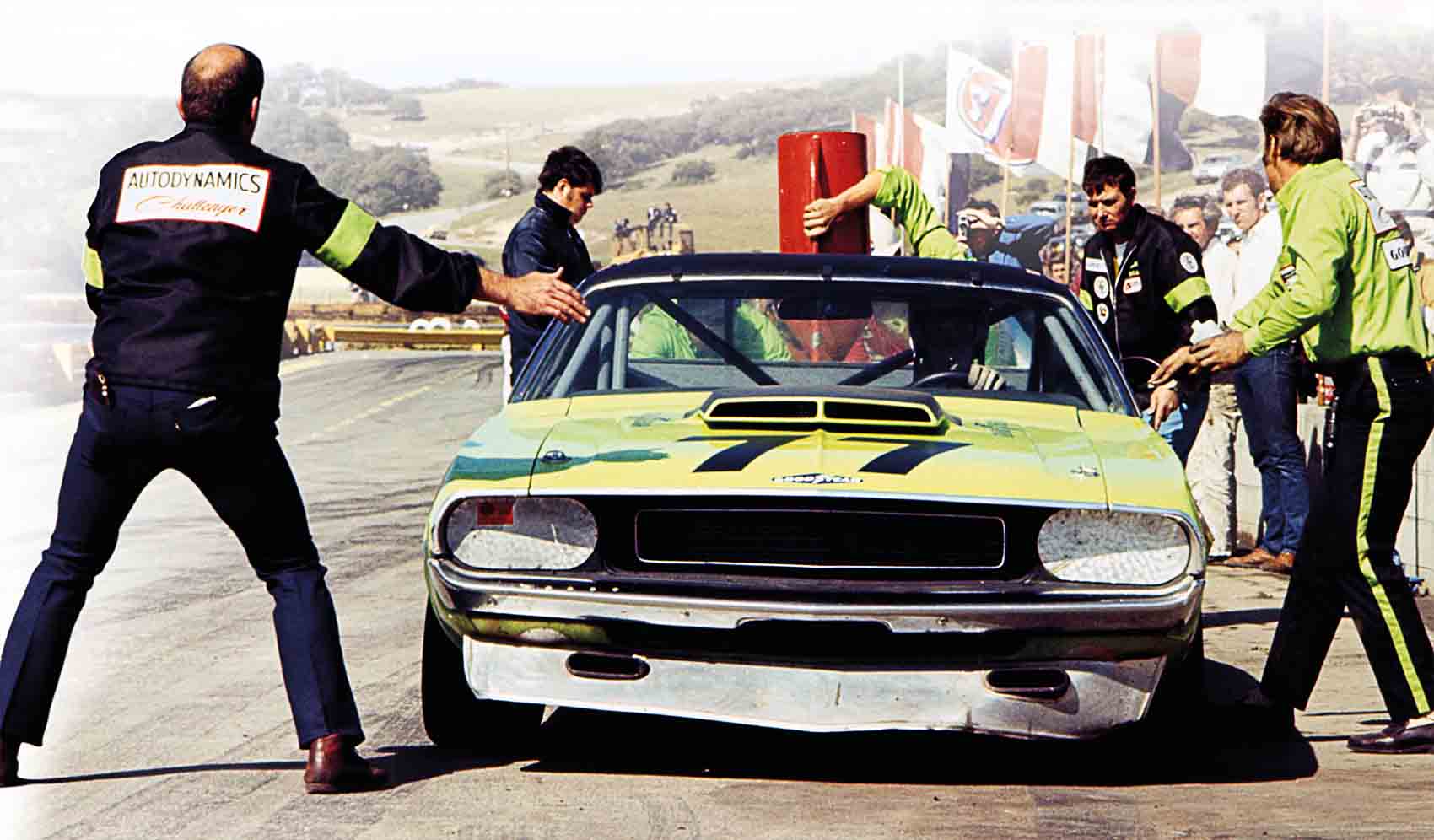
Great Marques—The Dodge Story
From respected component manufacturer to car-maker, to core brand of the Fiat-Chrysler Automobiles, Dodge has become a fixture in US motoring history that survives and thrives today. Merged into Chrysler as a mid-priced brand, it blossomed in the 60s muscle car boom, and was the pioneer of the 80s minivan.
“Travel behind it on an English country lane, and you get the impression of an error of scale. It’s as if an elephant had sat on a Cobra.”
PERFORMANCE CAR MAGAZINE ON THE DODGE VIPER, NOVEMBER 1993
BROTHERS HORACE AND JOHN Dodge founded a precision engineering company in 1901 which quickly won a reputation for quality, and counted the Olds Motor Vehicle Company and the newly established Ford Motor Company among its customers. The brothers became Ford shareholders too, owning 10 per cent of Henry Ford’s expanding empire until a disagreement over the running of the company ended up in court. Despite his company’s success. Ford denied shareholders a dividend, ostensibly to re-invest in new production facilities but also in part to avoid financing Dodge’s development of a car to rival his Model T. The matter was resolved in the brothers’ favour after a second, more famous lawsuit in 1919.

This large saloon was a firm favourite with US Police departments across the country for its robustness and roominess.
Ford’s fears of a Dodge rivalry were proved well-founded when the Dodge brothers released their first car in 1914. The steel-bodied Model 30 offered a higher-quality and more exclusive alternative to Ford’s ubiquitous Model T. Offering 35 bhp, a 12-volt electrical system, and sliding-gear transmission, the Model 30 propelled the Dodge Brothers Company to second in the sales charts behind Ford. The early success was checked however, after both Horace and John Dodge died suddenly within a few months of each other in 1920, and thereafter the company gradually lost ground. In 1925 the Dodge brothers’ widows sold the company to the Dillon Read investment bank for US$146 million, which reorganized it and sold it on to the Chrysler Corporation in 1928. This placed Dodge’s cars between the bargain-basement Plymouths and DeSotos, and the higher-spec Chryslers in the corporation’s line-up. By that time, Dodge had become a leading manufacturer of light trucks, and the advent of World War II saw the company build more than a quarter of a million military trucks and WC54 ambulances in both 4×4 and 6×6 versions.

The relatively restrained lines of this mid-size model still concealed plenty of Detroit horses, with a choice of powerful V8 engines.
After the war sales slowed for several years, until Chrysler stylist Virgil Exner’s Forward Look design and new V8 engines breathed life back into the brand. In the early 1960s the full-size Dodges were downsized to become the successful mid-size Coronet and fastback Charger, with new full-size Polara and Monaco models added above them. NASCAR success backed up the image of Dodge’s muscle cars, led by the Super Bee, which was a more expensive and higher-specification version of Plymouth’s Road Runner. Racing demands led to Dodge introducing the low-drag Charger Daytona in 1969, which Plymouth reprised as the Superbird.
As the oil crisis of the 1970s turned American buyers off full-size cars, Dodge adopted the European Chrysler Horizon to form the basis of its Omni hatchback, and re-badged Japanese Mitsubishis as the compact Colt and Challenger. Meanwhile, the cash-starved Chrysler Corporation struggled to find the resources to renew its American range, and it took the arrival of a new Chrysler chairman—Lee Iacocca—and several federal loan guarantees to rejuvenate the ailing group.

A fixture of US car racing Dodge’s muscle car heavyweight was also the four-wheeled star of the hit car chase movie Vanishing Point.
The new era began with the Aries, Dodge’s version of the corporate front-wheel-drive K-car, and the Caravan, which beat the Renault Espace to market by a few weeks, establishing a whole new minivan market sector. In the 1990s Dodge introduced the exciting V10-engined Viper, a new Dodge Ram pick-up, and modern “cab forward” styling on its Intrepid, Stratus, and Neon saloons.
Unlike its stablemate Plymouth, Dodge survived the merger of Chrysler and Daimler-Benz in 1998 and benefited from a new rear-wheel-drive platform which led to stylish new Charger and Challenger models. In 2007, Daimler sold Chrysler to the American private-equity Blackstone Group for $7.4 billion, leaving it as an independent company, but the financial crisis of 2009 saw Chrysler file for Chapter 11 bankruptcy protection and receive a bailout from the US government. The loan was repaid ahead of time and Chrysler was absorbed by Fiat. Bold, supercharged Hellcat models announced that Dodge’s future in the new Fiat-Chrysler Automobiles would be as a performance brand.
It is a quote. The Classic Car Book – The Definitive Visual History 2016




